
Update: This article was last updated on 23rd July 2024 to reflect the accuracy and up-to-date information on the page.
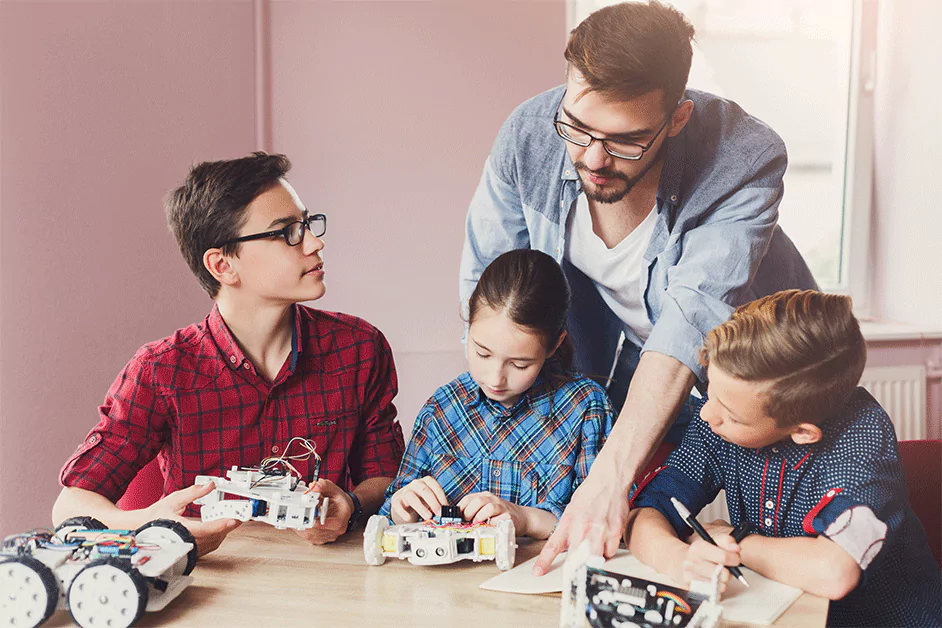
Maker Education, a transformational approach to teaching and learning, is centered on the interests of students. This approach presents the world as a design, allowing students to work on it, explore and make it better.
In maker education, it’s not just about the things you use; it’s more about how you think and the community you’re part of. Maker education is all about people – you!
In this blog, we will explore the concept of Maker Education, its benefits, and its impact on the future of education.
Theory Of Maker Education
Building on the ideas of educational thinkers like Jean Piaget (who talked about how you learn by doing things) and Seymour Papert (who believed in learning by creating), maker-centered learning is all about making learning exciting and hands-on. Instead of just listening, you get to do things and figure stuff out on your own.
In maker-centered learning, you don’t just read or memorize things; you actually imagine, design, and create projects that connect what you’re learning with real-life situations. It’s not just about the things we create; it’s more about the connections we make with others and the meaning we find in what we do.
Maker education is cool because it lets us explore different ways of knowing and sharing knowledge, making our communities stronger. It’s not about what we can make; it’s about who gets to decide what we create and what our future holds.
What is Maker Education?
Maker Education is a term used to describe the curriculum that focuses on “experience,” “innovative thinking,” and “execution by design.” It involves using various tools, materials, and technologies to create, design, and build projects.
This approach emphasizes the learning process rather than just the end product. It encourages students to explore and experiment with different ideas and to learn from their mistakes.
Similar read: DEVELOPING A DEEPER UNDERSTANDING OF MATH CONCEPTS
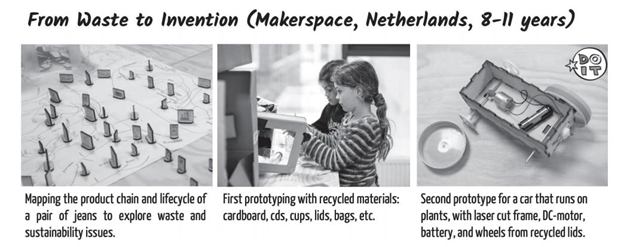
Source: Foundations Of Education Technology
The concept of Maker Education has its roots in the Maker Movement, which emerged in the early 2000s. The Maker Movement is a global community interested in creating, designing, and building things. It emphasizes using technology, such as 3D printers, laser cutters, and other tools, to produce graduates better equipped to thrive in the fast-paced, technology-driven economy of the 21st century.
To celebrate the creations of students, tech enthusiasts, crafters, hobbyists, engineers, artists, and bright minds in general,Maker Faires was launched in 2006. According to Make Magazine, around 22,000 people attended the event in the first year. Today, over 200 Maker Faires are now hosted around the world, with thousands of people attending each year.
Benefits of Maker Education
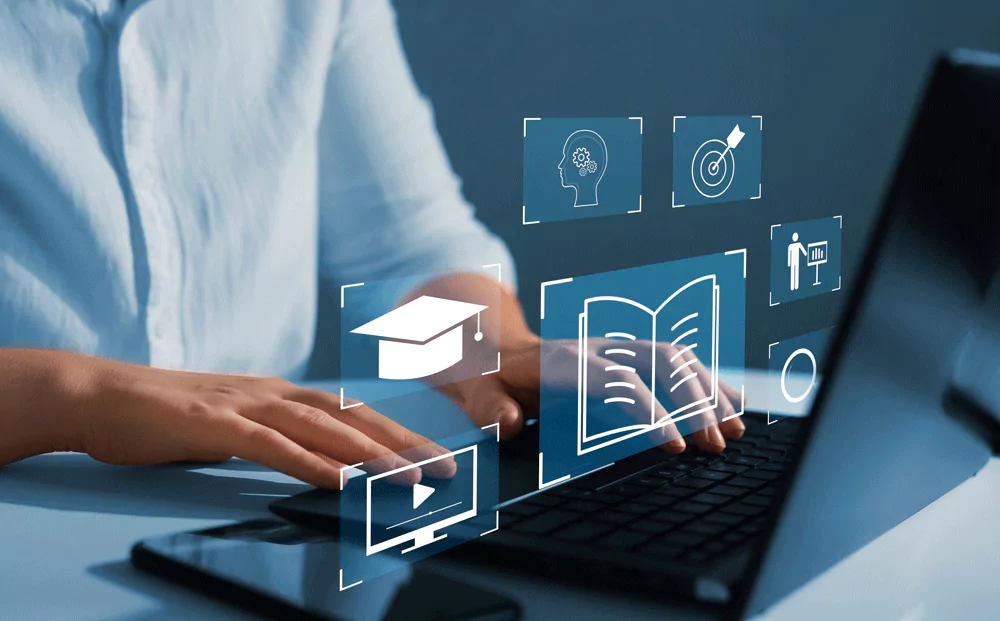
Maker Education has several benefits for students, educators, and society. Some of these benefits include:
1. Encourages Creativity
Maker Education encourages students to explore their creativity and express their ideas through hands-on projects. This can help to develop their confidence in their creative abilities and foster a sense of ownership over their learning.
2. Fosters Collaboration
Maker Education promotes collaboration and teamwork among students, which is essential in the 21st-century workplace. By working on group projects, students can learn how to communicate effectively, share ideas, and work towards a common goal, which is a crucial skill in many industries.
3. Enhances Digital Literacy
As technology continues to play a more prominent role in many industries, digital literacy skills are becoming essential for success. Maker Education equips students and educators with the tools that develop digital literacy adequately and instill self-paced learning.
4. Builds Self-Confidence
Maker Education provides students with a sense of accomplishment and builds self-confidence as they see their ideas come to life.
5. Develops Critical Thinking Skills
The critical thinking and problem-solving skills required in Maker Education can translate to other areas of student’s lives, including academics, careers, and personal growth. By learning how to approach problems from multiple perspectives and find innovative solutions, students can become more effective problem-solvers and more capable of adapting to new situations.
Similar Read: IMPORTANCE OF SOUND DESIGN IN GAME DEVELOPMENT
How do I use Maker Education in class
Moonpreneur
As more teachers get into maker education, it’s essential for both current and future teachers to know how to make their classrooms “maker-friendly.”
Making a special area, called a makerspace, is a great way to let your students try out cool experiments and hands-on projects related to STEAM (science, technology, engineering, arts, and math) learning. Here are some simple tips:
Setting Up a Makerspace:
- Choose a Convenient Spot: Pick a place that’s easy for your students to reach without causing disruptions.
- Share the Space: You can even share the makerspace with other teachers or classrooms.
- Use Available Spaces: Repurpose an unused room or just use a corner in a shared area like the library or a computer room.
- Get Materials: Collect materials by asking for donations or checking with local hardware stores for any extra supplies they want to get rid of.
- Set Rules: Make sure to establish clear rules with your students about safety, cleaning, using materials, and so on.
Maker Activities:
- Make-and-Takes: These projects are fun and let students create something they can take home. They use simple and affordable supplies like cardboard, paper, and tape.
- Free-Form Making: Students can work on projects they’re passionate about, with no strict rules. This allows them to be super creative.
- Design Challenges: Fun activities that use different technologies to solve problems, like making catapults or devices for shooting rubber bands.
- Portfolio Projects: Give students time to work on bigger maker projects throughout the year. They can then showcase these projects at the end of the year and practice their presentation skills.
Impact on the Future of Education
Traditional education models may not be adequate for preparing students for the challenges of the modern world. The focus on standardized testing, rote memorization, and teacher-centered instruction may not adequately develop the skills required for students to become innovators, problem solvers, and entrepreneurs.
According to a report by ResearchGate, it’s unnecessary to change schools to support self-directed or project-based learning. Several actions are being taken to inculcate a learning-by-doing approach, such as introducing AI tools and interactive computational games that foster independent inventions. Web-based learning programs are on the rise across the world. They offer a wide range of professional courses to all age groups cutting into the high school/university monopoly on certification.
These are other initiatives that educators and governments are working on to provide a learning environment that encourages students to take risks, learn from failure, and explore their interests and passions.
As Maker Education continues to gain popularity, it may lead to new approaches to teaching and learning, as well as new opportunities for collaboration and innovation in education.
Conclusion: Maker Education is a new-age learning revolution that has the potential to help bridge the gap between education and industry by providing students with real-world skills and experiences. The schools and education institutes are more than willing to invest in special maker spaces that house professional-grade equipment, material, time, and flexibility so kids can learn by doing.
Moonpreneur is on a mission to disrupt traditional education and future-proof the next generation with holistic learning solutions. Its Innovator Program is building tomorrow’s workforce by training students in AI/ML, Robotics, Coding, IoT, and Apps, enabling entrepreneurship through experiential learning.
















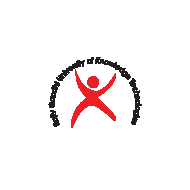
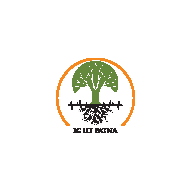




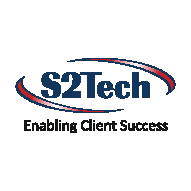

It’s worth highlighting that the Maker Movement is not confined to a specific region or country and the universality of the movement has potential to shape education on a global scale.
Is this concept helpful in this digital literacy world?
Maker Education emphasizes on digital literacy and helps students to adapt to emerging technologies as they stay updated with the latest tech trends.